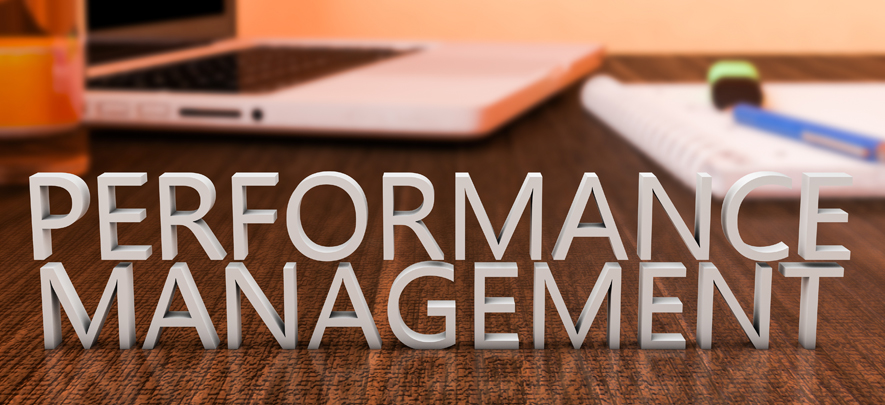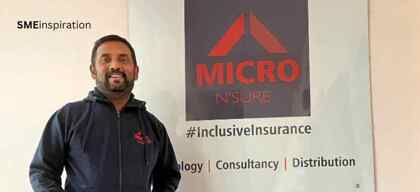Performance Management: Opportunities and challenges

Employment & HR
308 week ago — 6 min read
Background: In a competitive environment, performance determines growth. A company’s overall performance is determined by the performance of its team members. In her previous article, Geet Jalota explained the importance of customer-centricity. Here she explores how to build an organisation that nourishes a performance-oriented culture.
In every business, the objective of each function is to maximize revenue and profitability. Besides recruitment, Human Resource (HR) functional concepts and tools which drive company profitability are:
- Performance planning, management and measurement
- Leadership development to drive employee motivation and teamwork
- Learning and training of tools that support employee performance, productivity and effectiveness
- Compensation planning – variable pay, performance incentives and ESOPs
Here I elaborate on creating a performance-oriented culture.
Any organisation, whatever growth stage they may be in, can benefit greatly from a performance-oriented culture as it puts the onus of achieving company goals on the job holders themselves. In a startup it is even more imperative, because it makes job holders, who have been hired for their expertise, accountable for their actions and results.
Performance Appraisal is passé as by the end of the year it is too late to make corrections. Performance Management (PM) is planning for performance, enabling alignment, review and course correction.
Any organisation, whatever growth stage they may be in, can benefit greatly from a performance-oriented culture as it puts the onus of achieving company goals on the job holders themselves.
Features of effective performance management framework
Having clearly defined goals for employees to work towards, ensures effective use of time and resources. Also called key result areas (KRAs), it ensures that employees have a line of sight to the organisation’s vision, mission and goals, that is all are speaking the same language.
A balance sheet of a performing company may look like a beautiful piece of art, however reaching that level requires that the CEO and top management pay equal attention to the in-built processes in the software. A well designed, comprehensive Performance Management system must consist of the following:
• Business planning with goals, job KRAs and target setting
• MIS with adaptable measurement criteria
• Provision for capturing review and feedback
• Provision for performance appraisal at the end of the year
Also read: The key to creating a positive work environment
Challenges of implementing a performance-oriented culture
Even if an organisation has a Performance Management Software which captures performance and enables reviews, still it is essential for the organisation to institutionalise the above-mentioned processes, first. Even a well-designed architecture cannot compensate for the fact that:
- Employee has not understood the linkage with the organisation’s vision, mission and goals and therefore focussing on unimportant matters. Ownership is critical to the success of the system.
- Employee is not using the supporting MIS or is not generating any, destroying credibility of the system. Therefore, management has to prescribe the parameters on which MIS is to be captured. If there is no formal system, it is best MIS is finalised before implementing the software.
- There is no review discipline or reviews are done based on some other system. The quality of the review may take time, however the fact that whatever data source is used as long as it is sacrosanct for the organisation, it is best to base the PMS on this data source. Followership is more critical than the software UI or the technology used. The software must support intelligent decision making of the job holders.
Conclusion
However, putting in place HR systems and processes only and then expecting business improvement or growth is like expecting a low horsepower engine to win an F1 race.
Growing businesses are those that have understood this equation and therefore invest HR resources equally or proportionately in leadership building, employee learning and performance and compensation planning. Businesses must align their talent retention and development for future performance.
Decide where you want to BE!
Askgeet has been working with large companies and SMEs, helping them got the most out of their employees. Contact me if you are looking for a partner to institutionalise the system.
Also read: Yield a high-performance work culture with these unconventional motivating tools
Image courtesy: shutterstock.com
To explore business opportunities, link with me by clicking on the 'Connect' button on my eBiz Card.
Disclaimer: The views and opinions expressed in this article are those of the author and do not necessarily reflect the views, official policy or position of GlobalLinker.
Posted by
Geet Mala JalotaRecommend solutions to people performance issues. Set up employee development initiatives which will best achieve organizational goals. Help organizations recruit the right person...
Network with SMEs mentioned in this article
View Geet 's profile
SME Inspirations
Other articles written by Geet Jalota
227 week ago
Motherhood: A universal creative force
270 week ago
Promote worker health and safety to reduce downtime
305 week ago
Most read this week
Trending
What is BRC in Export Business?
Export Sector 1 week ago
















Comments (2)
Share this content
Please login or Register to join the discussion